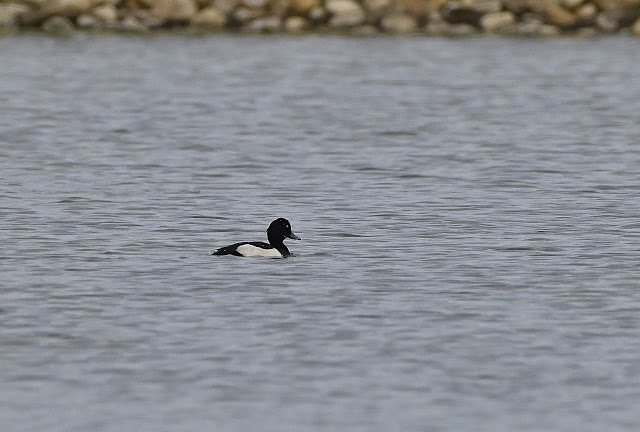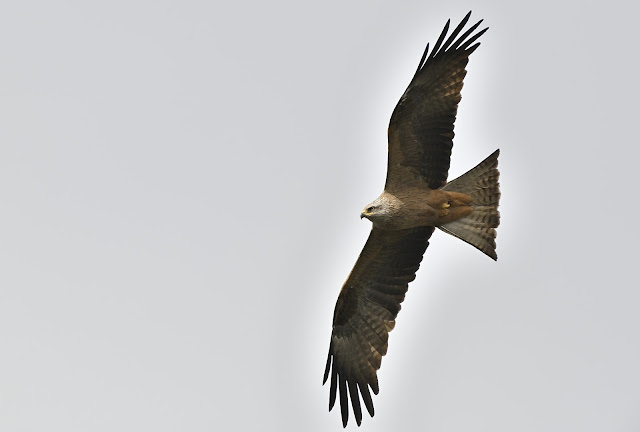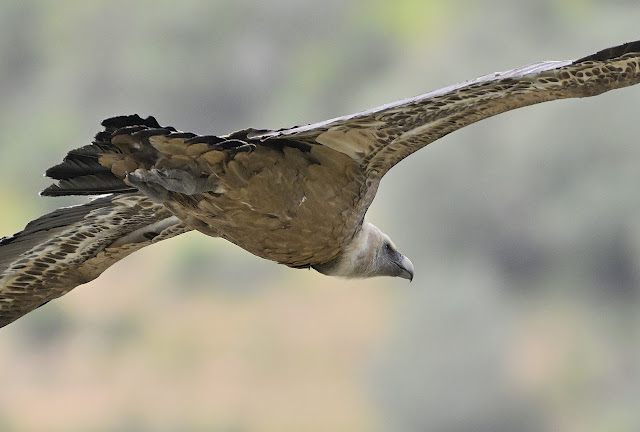Hola una vez más.
Hi again.
Hi again.
En el siguiente enlace podéis ver nuestros próximos viajes fotográficos y de observación de aves y mamíferos nacionales y al extranjero. Espero que os gusten y os animéis a venir conmigo. Una experiencia que nunca olvidareis.
In the following link you can see our next national and foreign Birds and Mammals photographic and observation trips. I hope you like them and I encourage you to come with me. An experience that you will not forget.
En esta ocasión os muestro lo que pude fotografiar en el viaje que hicimos a Villafáfila el 16 de marzo para ver la rueda de la avutarda euroasiática (Otis
tarda).
This time I show you what I was able to photograph on the trip to Villafáfila on March 16 to see the Great Bustard display
El tiempo fue regular pues aunque no llovía, hacia algo de viento y frío.
The weather was not good because although it was not raining, it was very cloudy, somewhat windy and cold.
Como está prohibido circular por los carriles desde le 15 de marzo, las observaciones y las fotos que hicimos están hechas desde bastante lejos pero este día no había reverberación y algo pudimos fotografiar. Con el telescopio terrestre se veían muy bien.
As driving on path has been prohibited since March 15, the observations and photos we took were taken from quite a distance but this day there was no reverberation and we were able to photograph some good moments. With the telescope they looked much better.
Nada más empezar el paseo por uno de los caminos, vimos un grupo de perdiz roja (Alectoris
rufa).
As soon as we started a walk along one of the paths, we saw a group of Red-legged
Partridge.
Cogujada común (Galerida
cristata).
Crested
Lark.
Escribano triguero (Emberiza
calandra).
Corn
Bunting.
La primera de las muchas avutardas euroasiáticas (Otis tarda) que vimos. Estaba cerca de una cigüeña blanca (Ciconia
ciconia), bastante sucia por cierto. En esta foto se puede apreciar el gran tamaño que las avutardas macho pueden llegar a tener.
The first of many Great Bustards we saw. It was close to a White Stork, quite dirty by the way. In this photo you can see the large size that male Bustards can reach.
Bonito macho.
Beautiful male.
Este otro en vuelo. Siempre me llama la atención lo bien estas pesadas aves pueden volar.
This other one in flight. I am always struck by how well these heavy birds can fly.
Había bastantes milanos negros (Milvus
migrans). Eran los primeros que veía en esta temporada.
There were quite a few Black Kites. They were the first ones I had seen this season.
Cigüeña blanca (Ciconia ciconia).
White Stork.
Hembra de tarabilla europea (Saxicola rubicola).
Common
Stonechat female.
Un macho de avutarda euroasiática (Otis tarda) haciendo la rueda. El primero de los muchos que vimos.
A male Grat Bustard displaying. The first of many we saw.
Un macho a la izquierda y varias hembras a la derecha.
A male on the left and several females on the right.
Otras fotos que pude tomar.
Other photos I could take.
Al estar el día nublado y fresco, vimos un bonito leek de machos haciendo la rueda. Como veis, al fondo los puntos blancos son los machos. En algún momento hubo 13 machos haciendo la rueda a la vez.
As the day was cloudy and cool, we saw a nice leek of males displaying. As you can see, in the background the white dots are males. At one point there were 13 males displaying at a time.
Hicimos una vista a la Casa del Parque. En la foto una pareja de ánades friso (Anas
strepera) el macho a la derecha y en el medio de los dos un macho de porrón moñudo (Aythya
fuligula).
We took a look at the Casa del Parque. In the photo, a pair of Gadwalls, male on the right, and in the middle of the two, a male Tufted Duck.
Otro macho de porrón moñudo (Aythya fuligula).
Another male of Tufted Duck.
Había bastantes ánsares comunes (Anser
anser).
There were quite a few greylag geese.
También se paso volando una avutarda euroasiática (Otis
tarda).
A Great Bustard (Otis Tarda) also flew by.
Un macho de ánade azulón (Anas
platyrhynchos).
A Mallard male.
También había algunas cigüeñuelas comunes (Himantopus
himantopus).
There were also some Black-winged
Stilt.
Después del almuerzo, dimos un paseo por distintos sitios visitables. En la foto un macho de ánade rabudo (Anas
acuta).
After lunch, we took a walk around different places. In the photo a Northern Pintail.
Un macho de ánade friso (Anas
strepera).
A Gadwall male.
Una pareja de tarros blancos (Tadorna
tadorna).
A pair of Common
Shelduck.
Grajilla occidental (Corvus
monedula).
Eurasian
Jackdaw.
En las cajas nido había varias hembras de cernícalo vulgar (Falco
tinnunculus).
In the nest boxes there were several Common
Kestrel females.
Había algunas parejas de avefría europea (Vanellus
vanellus).
There were a few pairs of Northern
Lapwing.
Pied Avocet.
Un archibebe común (Tringa
totanus) en plumaje nupcial. Estaba precioso.
A Common
Redshank in breeding plumage. It was beautiful.
Por la tarde, mientras esperábamos a que saliesen a volar los búhos campestres (Asio
flammeus) vimos más machos de avutarda euroasiática (Otis tarda).
In the afternoon, while we were waiting for the Short-eared Owls to fly out, we saw more male Great Bustards.
También vimos un macho de tarro canelo (Tadorna
ferruginea) que no se suelen ver por esta Reserva Natural.
We also saw a male Ruddy
Shelduck, which is not usually seen in this Natural Reserve.
Aunque ya habíamos visto dos ejemplares sobre las 4 de la tarde de búho campestre (Asio flammeus) muy cerca, sobre las 6 estaban más lejos pero vimos bastantes. Debe ser un buen año de topillos.
Although we had already seen two specimens of short-eared owl (Asio flammeus) very close around 4 pm., around 6 in the afternoon they were further away but we saw quite a few. It should be a good year for voles.
Y con este bonito atardecer, decidimos regresar a Madrid después de un día estupendo de pajareo.
And with this beautiful sunset, we decided to return to Madrid after a great birding day.
Si queréis suscribiros a este blog de los viajes que hacemos pincha en el siguiente enlace: Suscribirse y haz clic en ¿ Quieres suscribirte a nuestro blog?
If you want to subscribe to this post about the trips we do, click on the following link: Susbcribe and click on: Do you want to subscribe to our blog?
Espero que os haya gustado y hasta pronto.
I hope you like it and see you soon.

































































































